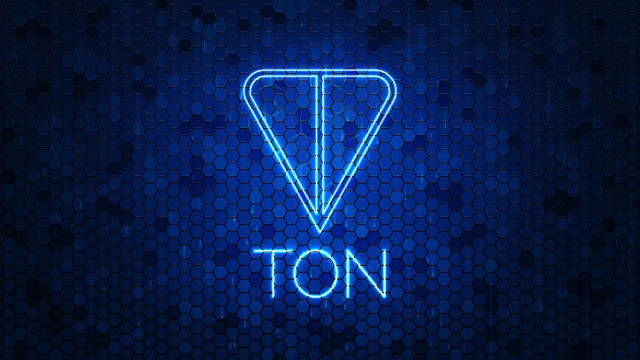 In today's digital world, blockchain technology is gradually becoming the core of finance and data management. TON (The Open Network), as an emerging blockchain platform, provides a solid foundation for smart contracts and decentralized applications through its unique architecture and functions. This article will delve into how the TON token works and its importance in the blockchain ecosystem.
In today's digital world, blockchain technology is gradually becoming the core of finance and data management. TON (The Open Network), as an emerging blockchain platform, provides a solid foundation for smart contracts and decentralized applications through its unique architecture and functions. This article will delve into how the TON token works and its importance in the blockchain ecosystem.
Smart contracts and actors
In TON, the terms "smart contract", "account" and "actor" are used interchangeably to describe blockchain entities. Each smart contract is an object with attributes such as address, code, data, balance, etc. These properties enable smart contracts to perform specific actions.
The behavior pattern of a smart contract is as follows: an event occurs (the most common case is that the contract receives a message).
The contract handles the event according to its own properties and executes its code on the TON virtual machine.
The contract modifies its own properties (code, data, etc.).
A contract can optionally generate outgoing messages.
The contract goes into standby mode until the next event occurs.
This series of steps is called a transaction. Importantly, events are processed one by one, so transactions are strictly ordered and do not interfere with each other.
Account chain: lowest level
A series of transactions (Tx1 -> Tx2 -> Tx3 -> ...) can be called a chain. In this case, it is called an Account Chain to emphasize that it is a chain of transactions for a single account. Since the nodes processing transactions need to coordinate the state of the smart contract from time to time (to reach consensus), these transactions are processed in batches:
Batching does not interfere with sequencing, there is still only one "pre-transaction" and at most one "post-transaction" per transaction, but now the sequence is split into blocks. It also makes sense to include the queues for incoming and outgoing messages into blocks. In this case, a block will contain a complete set of information that identifies and describes what happened in that block.
Multiple Account Chains: Sharding
Now let's consider multiple accounts. We can get several account chains and store them together. Such a collection of account chains is called a Shard Chain. Likewise, we can split the shard chain into Shard Blocks, which are aggregations of individual account blocks.
Dynamic splitting and merging of shard chains: It is worth noting that since the shard chain consists of easily distinguishable account chains, we can easily split it. For example, if there is a shard chain describing events for 1 million accounts, and there are too many transactions per second to be processed and stored in a single node, we can split the chain into two smaller shard chains , each chain is responsible for 500,000 accounts and is processed on a different subset of nodes.
Similarly, if certain shards become too idle, they can be merged into a larger shard. Obviously, there are two limit cases: one is when the shard contains only one account (so no more splits can be made), and the other is when the shard contains all accounts.
Interaction between accounts: Accounts can interact with each other by sending messages. TON provides a special routing mechanism to move messages from the sending queue to the receiving queue, which ensures efficient delivery and processing of messages. This mechanism not only increases the speed of transactions, but also enhances the reliability of the entire system.
in conclusion
As an innovative blockchain technology, TON token provides users with an efficient and secure trading environment through its functions such as smart contracts, account chains, and sharding. With the development of blockchain technology, TON will play an increasingly important role in the future digital economy. Whether it is financial transactions or decentralized applications, TON has demonstrated its strong potential and flexibility, and the future is worth looking forward to.
In this rapidly changing blockchain world, the emergence of TON has undoubtedly brought us new opportunities and challenges. As technology continues to advance, TON will continue to lead blockchain innovation and become an important pillar of the future digital economy.